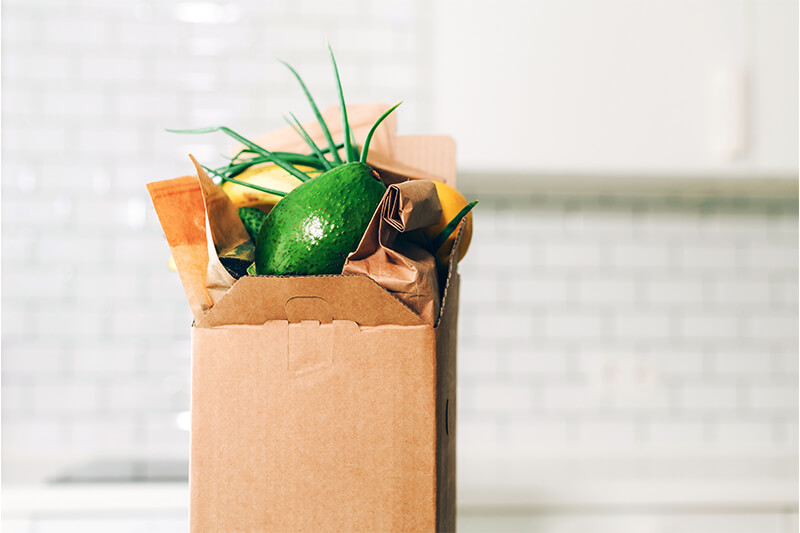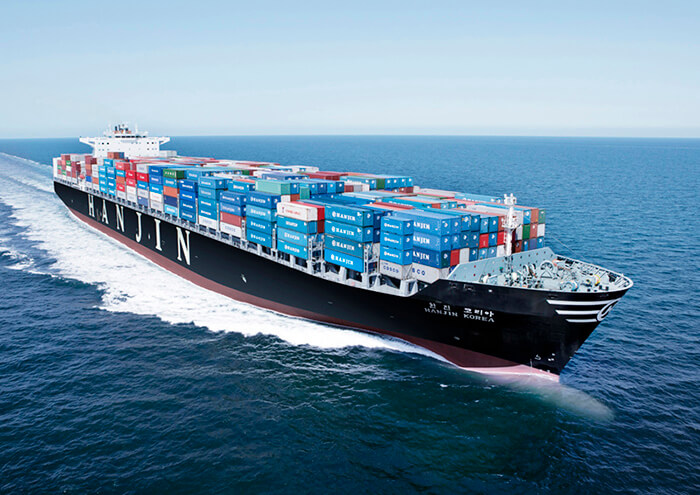
During the pandemic, the delivery system grew a lot and even new areas of commerce started to adopt this mode of delivery, while others that already had this system improved it. One of the main areas that perfected this system were supermarkets.
But for this grocery delivery to work properly and be a pleasant experience for the customer, it is necessary that the entire logistical process works with as few interruptions as possible. This process goes from the moment the customer orders the products through the application or website to the moment the product finally arrives at his or her home, passing through the deliveryman or market employees picking the product from the shelves.
HOW LOGISTICS WORKS IN GROCERY DELIVERY
The markets that wish to be part of a grocery delivery system must have well-structured logistics at the time of the order. The products should be in categories that make sense at the time of purchase and always be with the stock updated, to avoid cases in which the person buys in the application certain products and they are no longer available in the market, creating flaws in the process at the time of withdrawal of products from the market by the deliveryman and increasing the noise at the time of communicating with the final customer.
Another logistical failure that can happen in grocery delivery is about the organization of the products within the market itself. In markets with confusing or non-intuitive structures, the deliveryman may spend much more time than desired looking for the right product, decreasing the amount of deliveries he can make and increasing the average delivery time of your market, making it a less attractive option when compared to the competition in the grocery delivery system.
THE TAKE-AWAY SYSTEM
 Another system that already existed in some establishments and has been increasing in scale mainly because of the pandemic, the take-away system allows customers to make their purchases in advance through an app or a website, and only pick up the products after a certain period of time. This system, unlike the grocery delivery, places the consumer directly in the establishment without having to enter, reducing one step of the logistical process, the delivery.
Another system that already existed in some establishments and has been increasing in scale mainly because of the pandemic, the take-away system allows customers to make their purchases in advance through an app or a website, and only pick up the products after a certain period of time. This system, unlike the grocery delivery, places the consumer directly in the establishment without having to enter, reducing one step of the logistical process, the delivery.
Its main advantage is that the supermarket will only carry out the separation of the products from the order so that at the appointed time, the customer can just pick up the products and make the payment in the fastest possible way. One of the advantages of this method is exactly the loss of the middle-man, the deliveryman, helping to reduce communication noise. However, since the products are separated in advance, it is necessary to have an even greater control of orders, so that multiple takeaway orders are not mixed into one large order, causing goods to be lost or products to be delivered incorrectly.
INDUSTRY GROWTH
According to data from Abcomm (Associação Brasileira de Comércio Eletrônico), orders through grocery delivery apps had a 270% increase during the pandemic, with Rio de Janeiro alone having an increase of about 400% in order volume by the year 2020. This huge amount of orders shows the strength of the delivery sector and its necessity in society in the last year and the years to come, making a good logistical process increasingly necessary to keep the grocery market sector growing for years to come.



